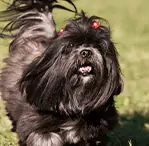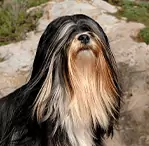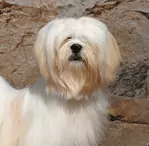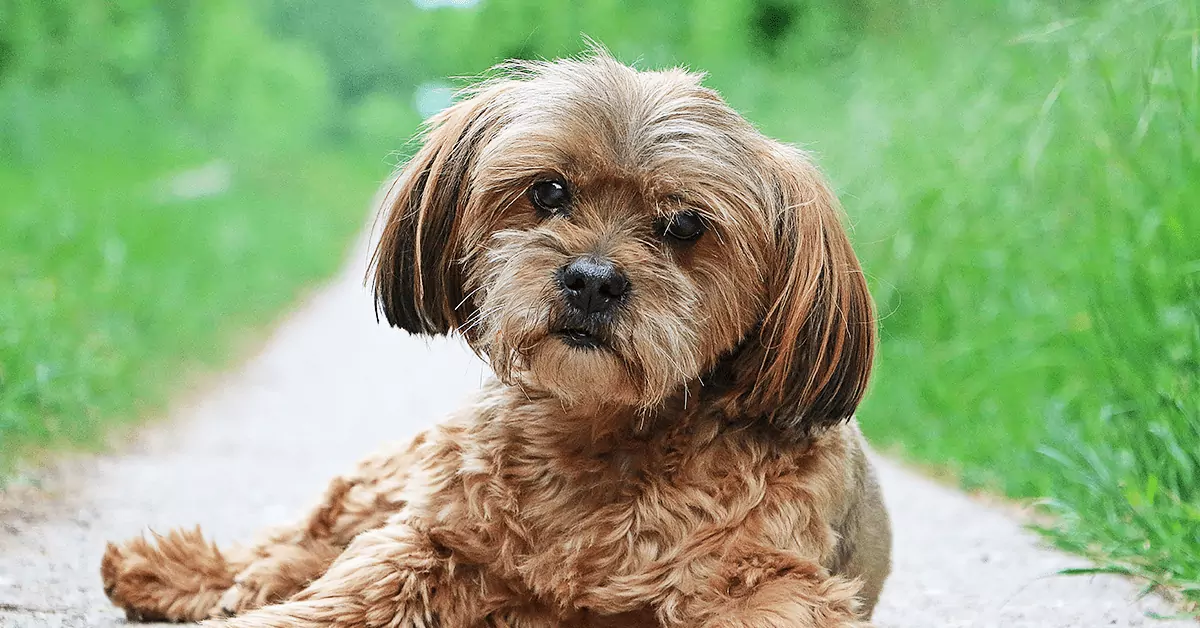
Meet the Lhasa Apso
Couch Cuddler
Doggy Diva
High Doggy I.Q.
My Many Looks
My Breed Characteristics
Furbulous Fact
As I Grow Up
History of My Breed
Care Tips
Training Tips
Personality
Confident
Loyal
Independent
Group
Non-sporting
Origin
Tibet
Life Span
12-15 Years
Breed Popularity
#78 of 193
Height Range
9-11 Inches
Weight Range
12-18 Pounds
Coat Details
Type
Long
Texture
Dense
Features
Double Coat
Colors
Black; Black & Tan; Cream; Golden; Grizzle; Red; Red Gold; White
Hypoallergenic
Yes
Cost to Buy
$550-$1,240
Lifetime Care Cost
$18,155
My Many Looks
My Breed Characteristics
Furbulous Fact
As I Grow Up
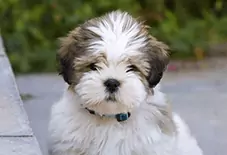
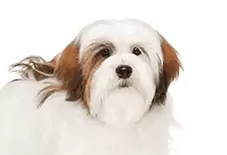

History of My Breed
Care Tips
from Dr. Jessica Greenberg, Associate VeterinarianPay close attention to your Lhasa Apso’s joints.
Lhasa Apso can be prone to several orthopedic conditions including luxating patellas, Legg–Calvé–Perthes disease, and hip dysplasia. If you ever notice any kind of gait abnormality, it’s best to schedule an exam with your veterinarian for an orthopedic workup.
Look out for any changes in your Lhasa Apso’s eyes.
Lhasa Apso can be prone to a condition called dry eye, or keratoconjunctivitis sicca, which causes a significant reduction in natural tear production. Symptoms include irritation around the eye and greenish discharge in some cases. This condition requires lifelong management but dogs can live a happy life with daily drops.
Keep your Lhasa Apso away from rough play and big jumps.
Lhasa Apsos can be prone to a condition called intervertebral disc disease or IVDD. This condition is caused by a bulging or slipped disk and you can help reduce the risk by limiting rough play with children and other dogs. You can also provide your Lhasa Apso ramps to access furniture and teach them to avoid jumping.
Training Tips
from Dr. Jessica Greenberg, Associate VeterinarianStart potty training early.
Start potty training your Lhasa Apso as soon as possible because it’s a good way to assert your dominance over the space. Find a spot outside your house or in the backyard that’s quick and easy to get to and train your pup to go there. After you get a handle on what times throughout the day they typically have to go to the bathroom, walk them to that spot every day at those times. They will probably walk around and sniff for a long time, so it’s important to be patient. Reward them with food, but only when they go in the spot you’ve specified for them.
Allow your pup to bond with a lot of people.
Lhasa Apsos have a tendency to hyperbond with one individual, but it’s important to not let them do that. If you have a family, make sure everybody is participating in both training the dog and playing with the dog. Your pup should view all humans as good leaders, and a source of fun. When your pup is able to bond with a lot of people, they’ll develop a sense of respect for all humans. So when you’re not around, they’ll still be on their best behavior.
Be a consistent leader.
Lhasa Apsos are stubborn dogs, which can make them difficult to train. You need to be a strong, confident, consistent trainer. Once you start teaching your pup a command, don’t stray away from what the command truly means. If you teach them how to sit, don’t reward them if they’re only half-sitting. Only give rewards and praise when the command is done perfectly. If you give them an inch, they’ll take a mile.
My Many Looks
My Breed Characteristics
Furbulous Fact
As I Grow Up
History of My Breed
Care Tips
Training Tips
-
Personality
Confident
Loyal
Independent
-
Group
Non-sporting
-
Origin
Tibet
-
Life Span
12-15 Years
-
Breed Popularity
#78 of 193
-
Height Range
9-11 Inches
-
Weight Range
12-18 Pounds
-
动物皮毛
Type
Long
Texture
Dense
Features
Double Coat
Colors
Black; Black & Tan; Cream; Golden; Grizzle; Red; Red Gold; White
-
Hypoallergenic
Yes
-
Cost to Buy
$550-$1,240
-
Lifetime Care Cost
$18,155
